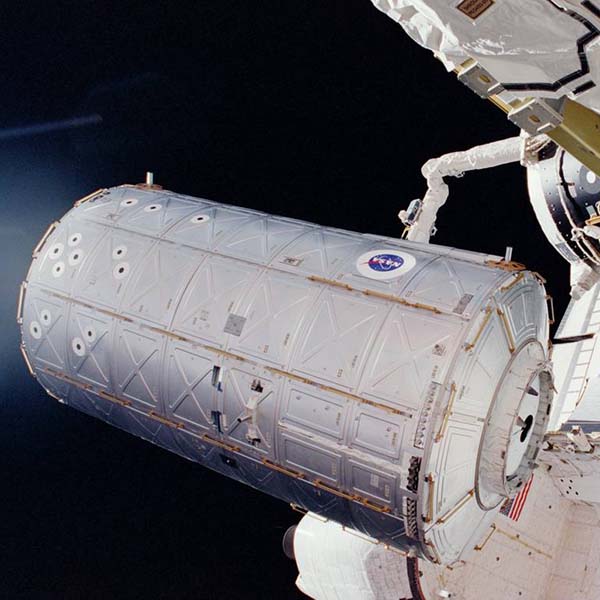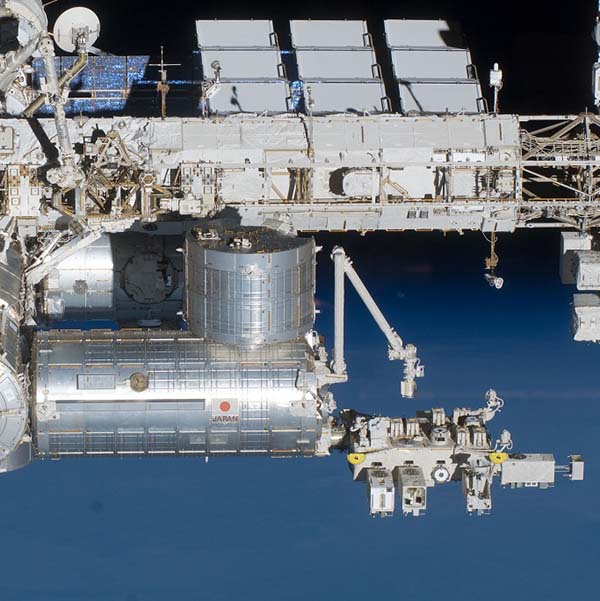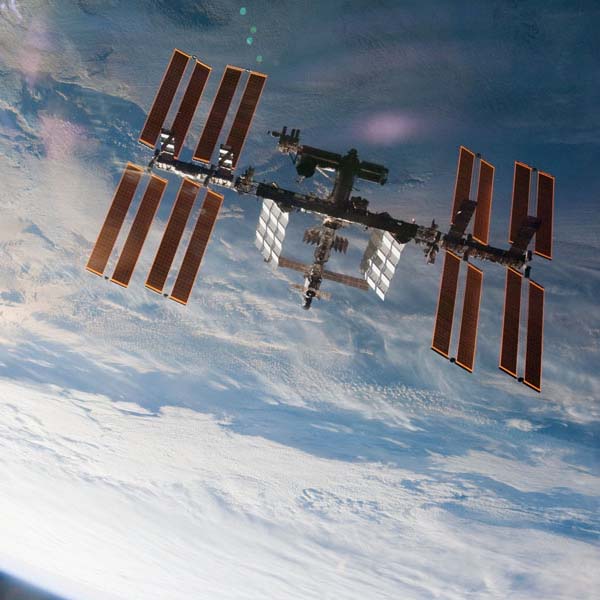How the Turbofan Aircraft Engines Work ?
Aircraft Engines 3D explnation .
Subscribe here to our Youtube Channel ... And you will have the advantage of asking questions specific to you and you get quick answers to your situations ....
Subscribe here to our Youtube Channel ... And you will have the advantage of asking questions specific to you and you get quick answers to your situations ....
Subscribe here to our Youtube Channel ... And you will have the advantage of asking questions specific to you and you get quick answers to your situations ....
Sikorsky and a few of his contemporaries brought a technical rigor to the field that finally made vertical flight safe, practical and reliable. As the flight-crazy Russian continued to refine his helicopter designs, he worked out the fundamental requirements that any such machine needed to have to be successful, including:
Many of the basic parts seen on a modern helicopter grew out of the need to address one or more of these basic requirements. Let's look at these components in greater detail:
The main rotor blade performs the same function as an airplane's wings, providing lift as the blades rotate — lift being one of the critical aerodynamic forces that keeps aircraft aloft. A pilot can affect lift by changing the rotor's revolutions per minute (rpm) or its angle of attack, which refers to the angle of the rotary wing in relation to the oncoming wind.
The stabilizer bar sits above and across the main rotor blade. Its weight and rotation dampen unwanted vibrations in the main rotor, helping to stabilize the craft in all flight conditions. Arthur Young, the gent who designed the Bell 47 helicopter, is credited with inventing the stabilizer bar.
Also known as the rotor shaft, the mast connects the transmission to the rotor assembly. The mast rotates the upper swash plate and the blades.
Just as it does in a motor vehicle, a helicopter's transmission transmits power from the engine to the main and tail rotors. The transmission's main gearbox steps down the speed of the main rotor so it doesn't rotate as rapidly as the engine shaft. A second gearbox does the same for the tail rotor, although the tail rotor, being much smaller, can rotate faster than the main rotor.
The engine generates power for the aircraft. Early helicopters relied on reciprocating gasoline engines, but modern helicopters use gas turbine engines like those found in commercial airliners.
The main rotor blade rotates around a central hub (yellow) with an engine beneath it. A single engine powers both the main rotor blade and the tail rotor. Helicopters use the airfoil principle to generate lift. When the blades rotate relative to the air, the special airfoil shape will generate lift force and make them fly (Fig:2A). The blades derive rotation from an engine, more specifically a turboshaft engine. The compressor sucks the air in and pressurizes it.
Just as the oceans opened up a new world for clipper ships and Yankee traders, space holds enormous potential for commerce today. The International Space Station (ISS) took 10 years and more than 30 missions to assemble. It is the result of unprecedented scientific and engineering collaboration among five space agencies representing 15 countries. The space station is approximately the size of a football field: a 460-ton, permanently crewed platform orbiting 250 miles above Earth. It is about four times as large as the Russian space station Mir and five times as large as the U.S. Skylab.
The idea of a space station was once science fiction, existing only in the imagination until it became clear in the 1940s that construction of such a structure might be attainable by our nation. As the Space Age began in the 1950s, designs of “space planes” and stations dominated popular media. The first rudimentary station was created in 1969 by the linking of two Russian Soyuz vehicles in space, followed by other stations and developments in space technology until construction began on the ISS in 1998, aided by the first reusable spacecraft ever developed: the American shuttles.
Until recently, U.S. research space onboard the ISS had been reserved for mostly government initiatives, but new opportunities for commercial and academic use of the ISS are now available, facilitated by the ISS National Lab.
"Just as the oceans opened up a new world for clipper ships and Yankee traders, space holds enormous potential for commerce today". President Ronald Reagan's State of the Union Address directs NASA to build an international space station within the next 10 years.
The first segment of the ISS launches: The Zarya Control Module launched aboard a Russian Proton rocket from Baikonur Cosmodrome, Kazakhstan. Zarya (translates to "sunrise") supplied fuel storage, battery power and rendezvous and docking capability for Soyuz and Progress space vehicles.
Unity Node 1 module—the first U.S.-built component of the International Space Station— launches into orbit two weeks later during the STS-88 mission. Joining Unity with the Zarya module was the first step in the assembly of the orbiting laboratory.
NASA Astronaut Bill Shepherd and cosmonauts Yuri Gidzenko and Sergei Krikalev become the first crew to reside onboard the station. Expedition 1 spent four months onboard completing tasks necessary to bring the ISS "to life" and began what is now more than 20 years of continuous human presence in space.
Destiny, the U.S. Laboratory module, becomes part of the station. The lab—that increased onboard living space by 41%—continues to be the primary research laboratory for U.S. payloads.

Congress designates the U.S. portion of the ISS as the nation's newest national laboratory to maximize its use for other U.S. government agencies and for academic and private institutions.
The European Space Agency’s Columbus Laboratory becomes part of the station.

The first Japanese Kibo laboratory module becomes part of the station.

The ISS celebrates its 10-year anniversary of continuous human occupation. Since Expedition 1 in the fall of 2000, 202 people had visited the station.

NASA issues a cooperative agreement notice for a management partner.
NASA selects the Center for the Advancement of Science in Space to manage the ISS National Lab.

Proteins can be grown as crystals in space with nearly perfect three-dimensional structures useful for the development of new drugs. The ISS National Lab's protein crystal growth (PCG) series of flights began in 2013, allowing researchers to utilize the unique environment of the ISS.